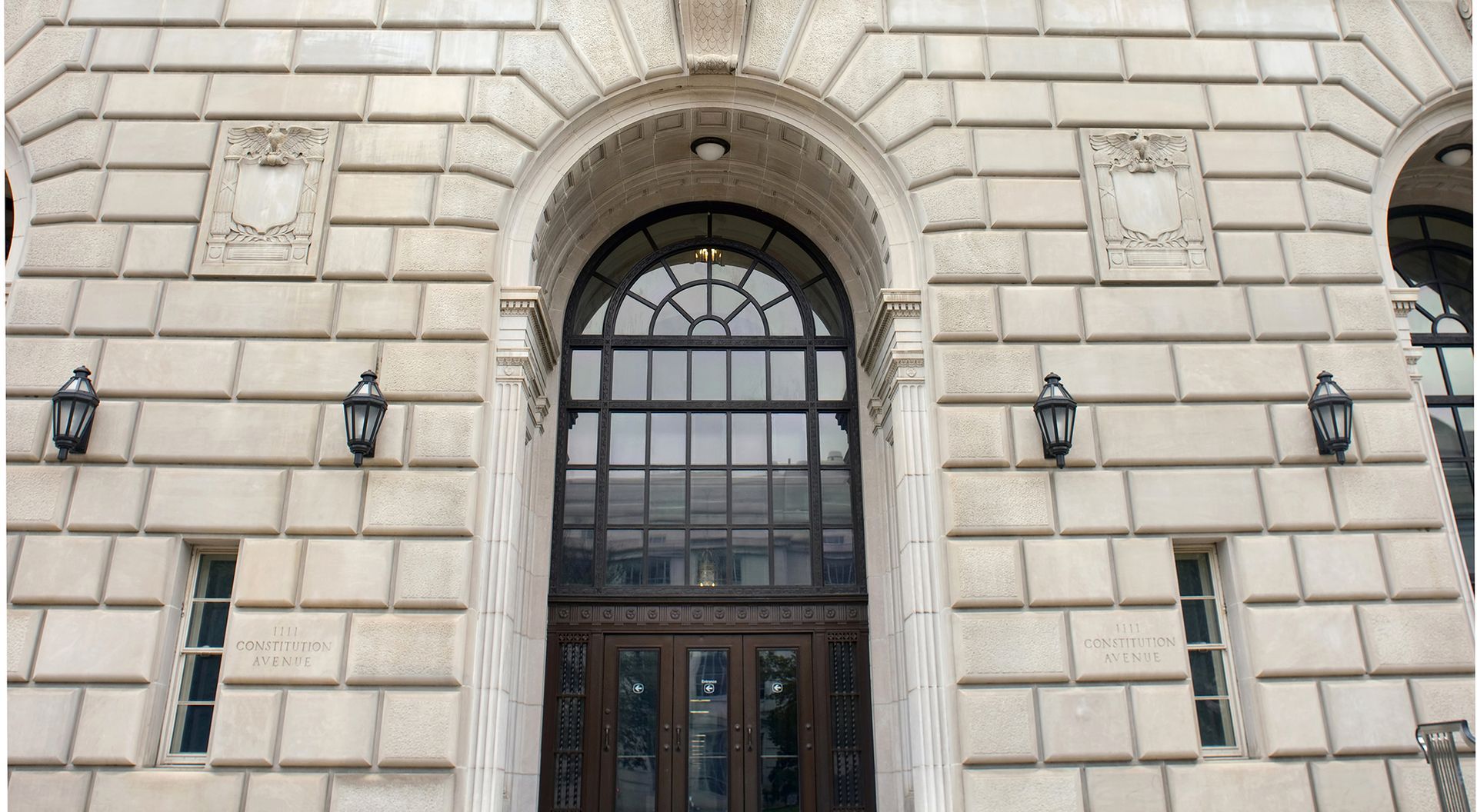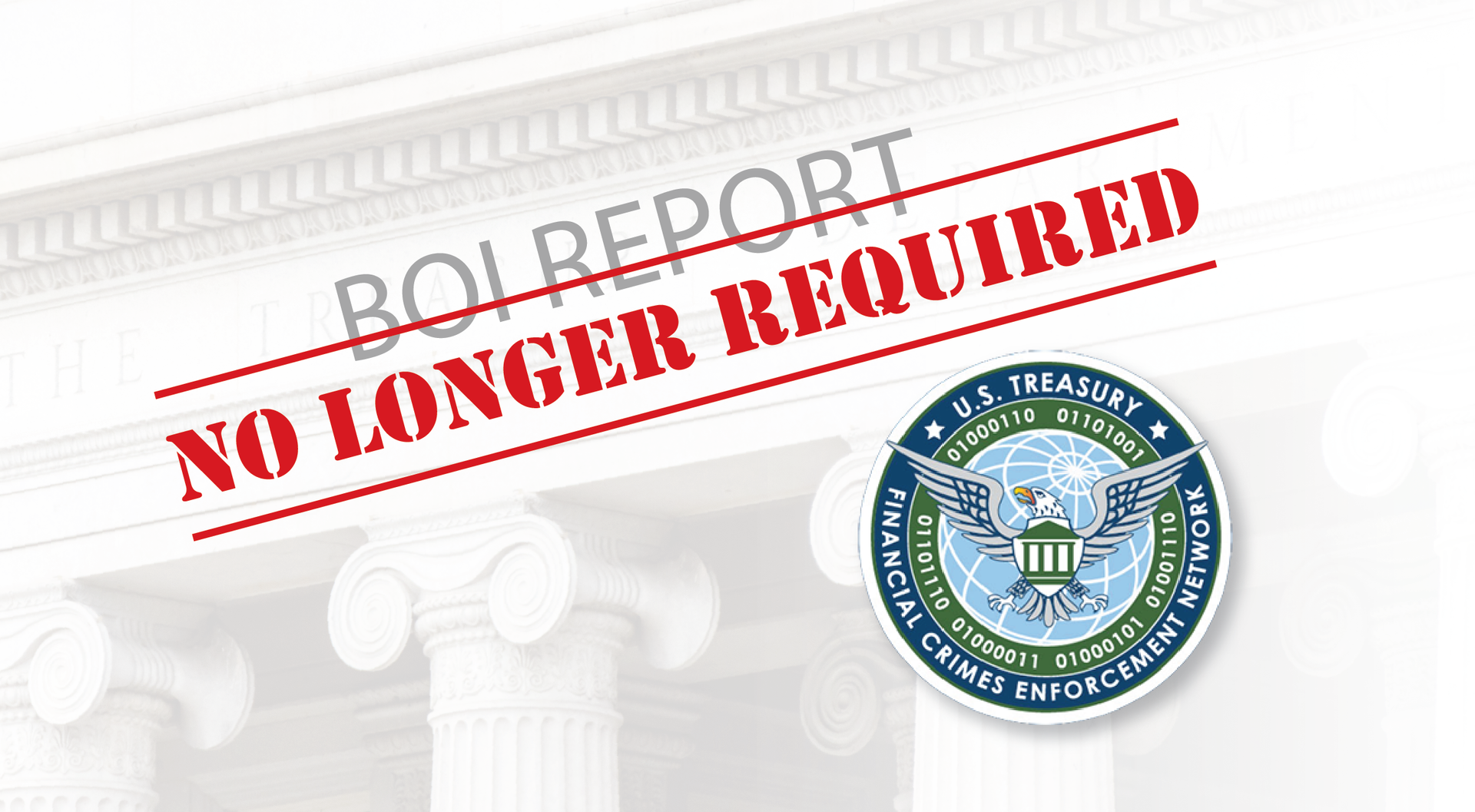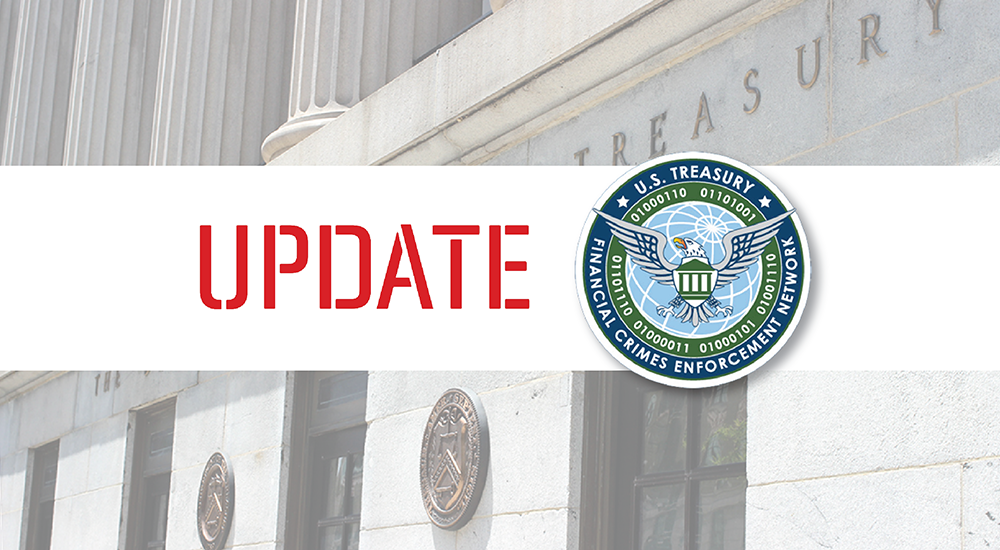IRS Practice and Procedure News Briefs for January 2020
SUBSTANCE-OVER-FORM DOCTRINE – Messina v. Commissioner, Case No. 18-70186 (9th Cir. 2019)
Why this Case is Important : The tax consequences of a transaction can vary significantly depending on how the parties structure it. In this case, under an argument that is generally reserved for the IRS, the taxpayers asserted that the structure they chose for a transaction should be ignored for tax purposes.
Facts: In Messina , the taxpayers owned and were in control of an S corporation. They wanted to refinance corporation’s debt and intended to make the refinancing loan themselves. However, under the terms of contracts with third parties, they were not able to loan personal funds to the subsidiary. To avoid this restriction, they formed a new corporation and used that corporation as a conduit to make the loan, with the new corporation as the lender. In preparing their 2012 federal income tax return, the taxpayers treated that loan as a loan from them personally, which increased their “debt basis” in the borrowing corporation and allowed them to take a larger deduction for its tax losses. The IRS examined and adjusted the return to reduce their debt basis and loss deductions based on the fact that loan came from a third party, not directly from them. This resulted in a tax deficiency of over $160,000. The taxpayers filed a Tax Court petition contesting the IRS’s findings. The Tax Court found in favor of the IRS and the taxpayers appealed.
Law and Conclusion: Where the substance-over-form doctrine applies, the substance of a transaction, and not necessarily its form, determines its tax consequences. The IRS occasionally uses this doctrine to challenge taxpayer efforts to structure a transaction in a way that does not reflect the transaction’s substance in an attempt to secure tax benefits. This case is unique because the taxpayers, rather than the IRS, were attempting to use the doctrine to avoid the negative tax consequences of the transaction form that they selected. The Appeals Court rejected the taxpayers’ position for two reasons. First, it held that the substance-over-form doctrine generally is not available to taxpayers – because taxpayers choose how to structure a transaction, they should not be able to escape that structure for tax purposes. Second, even if the doctrine was available to taxpayers, the Court determined that it would not apply in this case because the substance of the loan matched its form – in all respects, practically and legally, this was a loan from a separate corporation, not a personal loan from the taxpayers. Therefore, the Court held that the form of the transaction should be respected for tax purposes and found in favor of the IRS.
STATUTE OF LIMITATIONS ON COLLECTION – United States v. Kohls , Case No. 3:18-cv-00225, (S.D. Ohio 2019)
Why this Case is Important : This case provides a detailed discussion of the IRS’s statute of limitations on collection – the length of time the IRS has to collect tax debt – and is a good example of why it is important to accurately calculate when the statute will expire.
Facts: Kohls involved the IRS’s efforts to collect estate taxes, penalties, and interest due from the estate of an individual who passed away in 2001. His estate filed its estate tax return in 2002 showing a tax overpayment of $7,500. A month later, the IRS initiated an examination of that return. In May 2005, the audit was concluded with the IRS calculating a tax deficiency of $199,000. On May 27, 2005, the estate’s executor signed an IRS Form 890 consenting to the assessment of that deficiency, which the IRS received on June 2. Per the IRS’s records, the assessment was not finalized until July 4, 2005. The estate then applied for, and the IRS granted, three one-year extensions of the estate’s deadline to pay the taxes, extending that deadline to May 27, 2008. On July 2, 2018, the IRS filed a lawsuit against the estate to collect its balance due of over $322,000, including tax, penalties, and interest. The taxpayer filed a motion for summary judgment asserting that the IRS’s statute of limitations to collect the liabilities expired prior to the date the IRS filed suit.
Law and Conclusion: Under Section 6502 of the Internal Revenue Code, the IRS generally has three years from the date a tax liability is assessed to collect that liability. Following the expiration of that ten-year period, the IRS cannot take any collection action, including filing a lawsuit. Each of the three one-year payment extensions the IRS granted extended this ten-year period for a year, such that the IRS had a total of thirteen years from assessment of the estate’s tax liability to collect its debt. The question was what date constituted the assessment date from which the thirteen years should be measured. The estate contended that the assessment date was either May 27, 2005 (the date the estate’s executor consented to the assessment) or June 2, 2005 (the date the IRS received that consent) and that, in either case, the statute of limitations expired prior to the IRS filing its lawsuit. The IRS contended the assessment date was July 4, 2005 (the date the assessment was entered into IRS records) and that its lawsuit therefore was timely filed. Relying on treasury regulations and case law, the Court stated that the assessment occurs when the IRS records a liability in its records, and that the date on which a taxpayer agrees to that assessment is immaterial. Based on records provided by the IRS, the Court agreed that the assessment occurred on July 4, 2005, meaning that the statute of limitations expired on July 4, 2018 and that the IRS’s lawsuit filed on July 2, 2018 was timely. Therefore, the Court found in favor of the IRS.
If you would like more details about these cases, please contact me at 312-888-4113 or jnesser@lavellelaw.com.
More News & Resources
Lavelle Law News and Events












